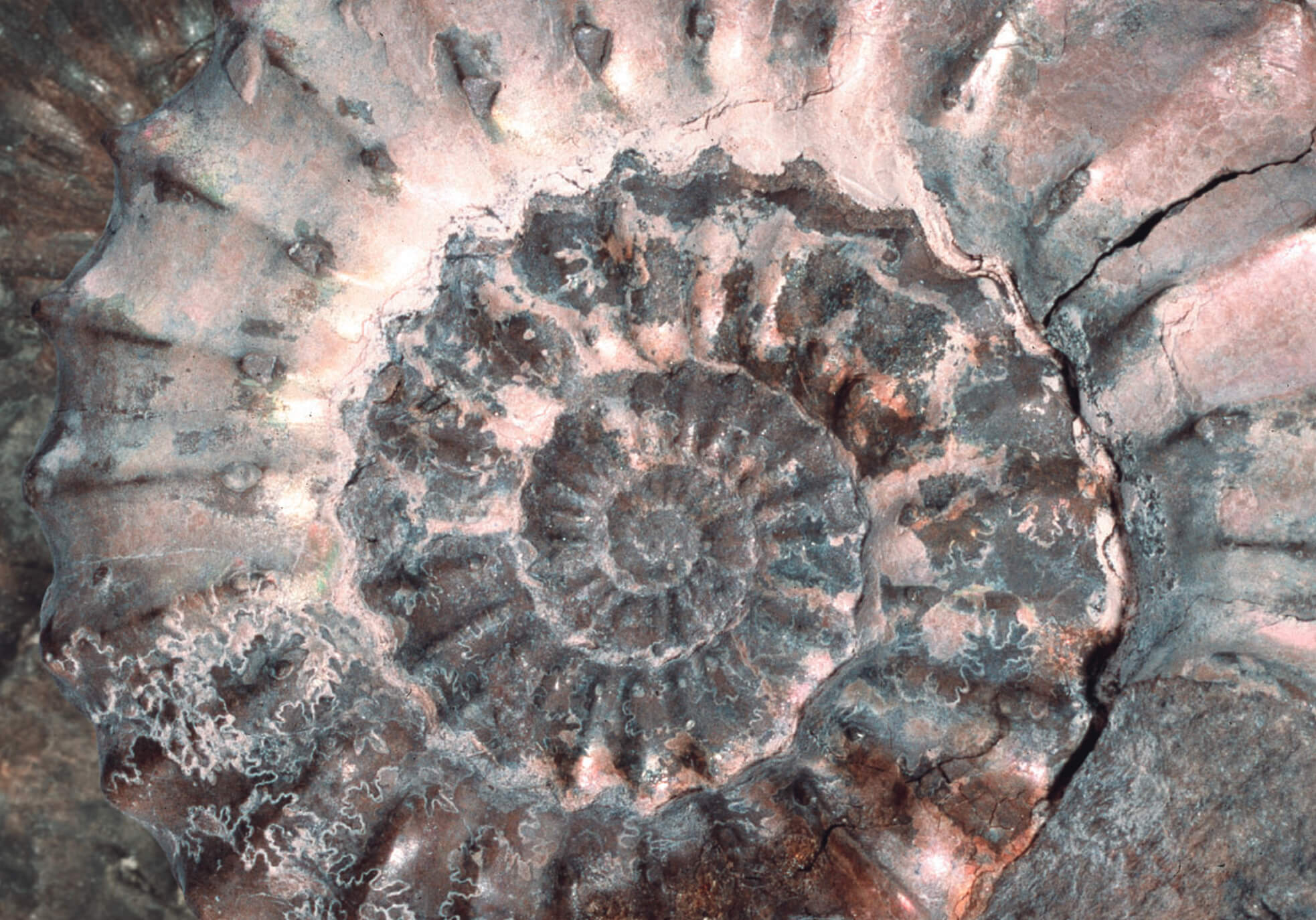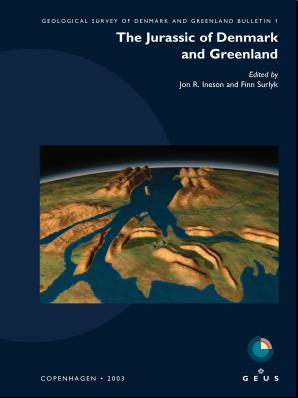
How to Cite
Share
Abstract
The Lower Jurassic Sub-system comprises four stages, in chronological order, the Hettangian, Sinemurian, Pliensbachian and Toarcian. Each stage is subdivided into a sequence of ‘standard zones’ (= chronozones) and subzones – each correlated primarily on the basis of its ammonite fauna. A further increase in stratigraphical resolution is available by the use of intra-subzonal units known collectively as ‘horizons’. The close link between ammonites and chronostratigraphy means that faunal provincialism may determine which zonal framework, and therefore which subdivision of the Lower Jurassic, applies in different regions of Europe. Such provincialism is of minor importance in the early Jurassic (Hettangian – Lower Pliensbachian) but increases significantly in the Upper Pliensbachian and into the Toarcian where at least three ammonoid faunal provinces are distinguishable. The standard zonal schemes for each relevant faunal area are discussed here, with greatest emphasis being placed on the Northwest European Province, which is characteristic of much of northern Europe throughout most of the Early Jurassic. Intra-subzonal units have only been described in certain regions for parts of the Lower Jurassic but where recognisable these are introduced.
How to Cite
Share
Downloads
Editors: Jon R. Ineson and Finn Surlyk
The Jurassic rocks of Denmark and East Greenland record the evolution of two discrete portions of the Mesozoic rift complex, now separated by the North Atlantic Ocean. The Jurassic of Denmark and adjacent areas occurs mostly in the subsurface and research has thus focussed [...]










